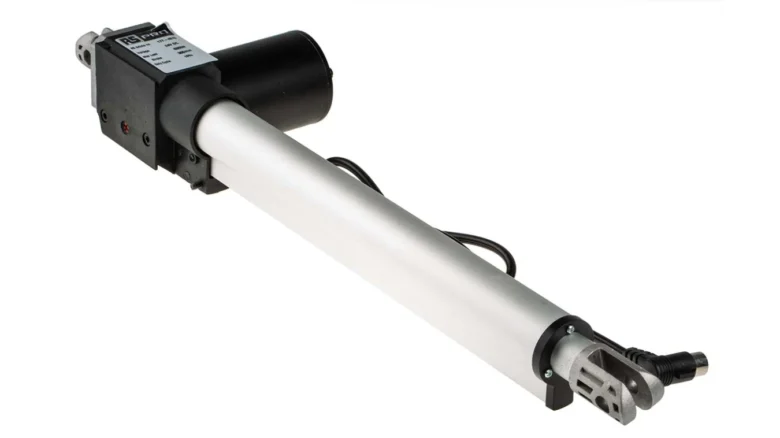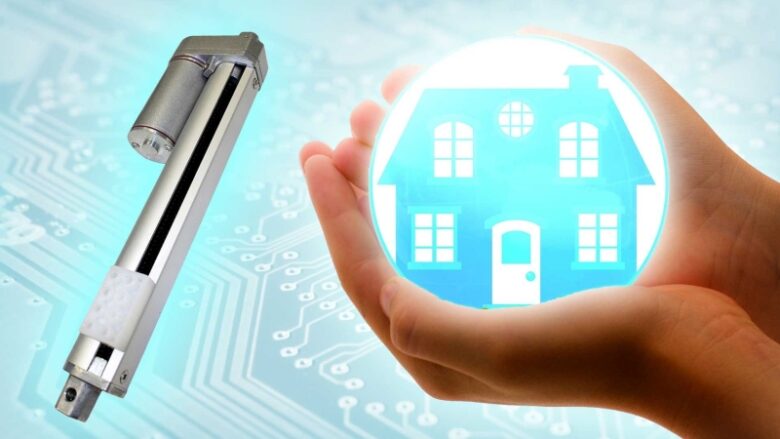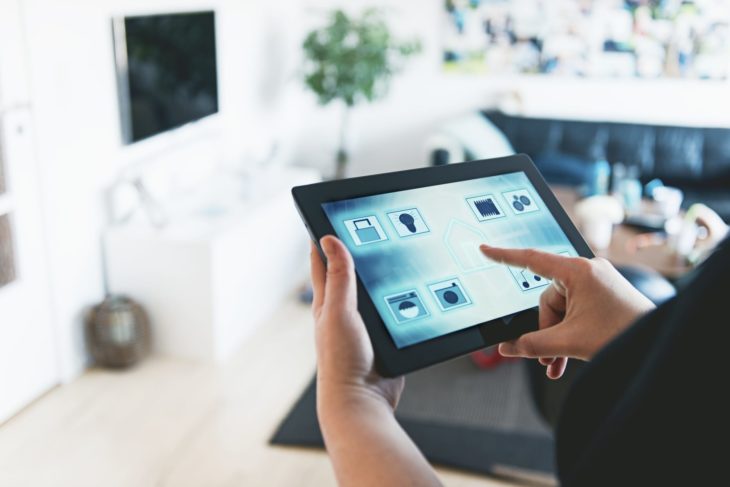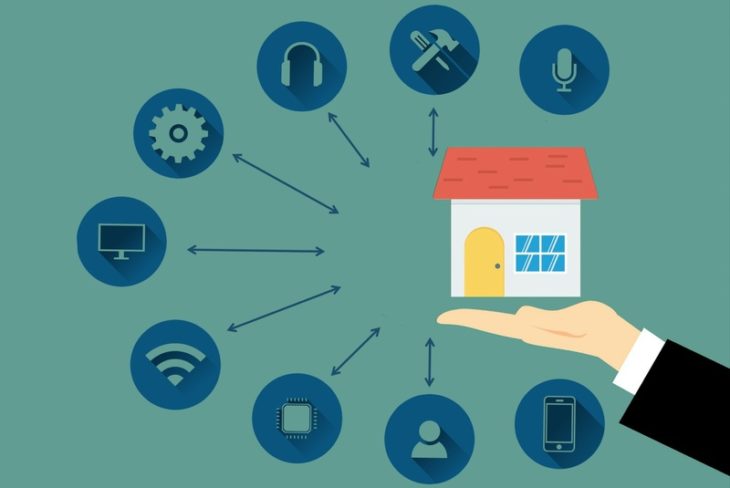Automation technology has come a long way, and linear actuators have been at the forefront of this revolution. These devices have been used in various industries, including agriculture, automotive, aerospace, and healthcare, among others. They are versatile, efficient, and cost-effective, making them the go-to option for engineers and manufacturers looking to automate their processes.
However, the true potential of linear actuators lies in their ability to make our lives easier and more comfortable. With the rise of smart homes, linear actuators have become an essential component in creating a fully automated home. In this article, we will discuss the key to unlocking the full potential of automation technology using linear actuators (https://www.progressiveautomations.ca/collections/linear-actuators) and how to make a smart home using these devices.
Linear actuators are devices that convert rotary motion into linear motion. They are made up of a motor, a screw, a nut, and a shaft. When the motor rotates, the screw rotates with it, and the nut moves along the screw, causing the shaft to move in a linear direction.

Source: no.rs-online.com
The key to unlocking the full potential of automation technology using linear actuators lies in their ability to be programmed and controlled. With the use of software, these devices can be programmed to perform a variety of tasks, including opening and closing doors and windows, adjusting blinds and curtains, and controlling the movement of furniture and appliances.
One of the significant advantages of linear actuators is their precision and accuracy. These devices can move in small increments, allowing for precise control over their movement. They can also be programmed to move at a specific speed and force, ensuring that they perform their tasks efficiently.
Another advantage of linear actuators is their versatility. They can be used in various applications, including lifting heavy objects, moving equipment, and adjusting the position of machinery. With the use of sensors, these devices can detect changes in their environment and adjust their movements accordingly.
How to Make a Smart Home Using Linear Actuators

Source: whatsgoodtodo.com
Making a smart home using linear actuators is a straightforward process. The first step is to identify the tasks that you want to automate. This could include opening and closing doors and windows, adjusting blinds and curtains, and controlling the movement of furniture and appliances.
Once you have identified the tasks, the next step is to select the appropriate linear actuators for the job. There are various types of linear actuators available, including electric, hydraulic, and pneumatic actuators. Each type has its own advantages and disadvantages, so it is essential to select the right type for the job.
After selecting the linear actuators, the next step is to install them in the appropriate locations. This could involve mounting them on doors and windows, attaching them to furniture and appliances, or integrating them into the structure of the home.
The final step is to program and control the linear actuators. This could involve using software to program the movements of the devices, or using sensors to detect changes in the environment and adjust the movements of the actuators accordingly.
Imagine waking up to your smart home system, which uses linear actuators to open your blinds, adjusting the natural light in your bedroom to match your preferred settings. As you head to the kitchen, your automated coffee maker uses a linear actuator to grind the beans and dispense a perfect cup of coffee, just the way you like it.

Source: safewise.com
Heading to work, you hop into your electric car, which relies on linear actuators for smooth and precise control of the throttle, brakes, and steering. As you drive, you notice how the linear actuators in your car’s suspension system provide a comfortable and smooth ride, adapting to changes in the road surface in real-time.
Arriving at the office, you settle into your ergonomic chair, which uses linear actuators to adjust the height, tilt, and recline to provide you with the perfect seating position, reducing strain and improving your posture. Your standing desk also relies on linear actuators to smoothly transition from sitting to standing, helping you maintain a healthy work-life balance.
During your lunch break, you head to the local hospital for a check-up. You’re amazed by the advanced medical equipment that relies on linear actuators to perform precise and delicate tasks, such as robotic surgery, patient positioning, and drug delivery. These high-tech actuators help medical professionals provide better care with increased precision and reduced risks.
On your way back home, you swing by the grocery store and notice how the automated doors, conveyor belts, and shopping cart escalators all use linear actuators for smooth and efficient operation, making your shopping experience seamless and convenient.
Back at home, you relax in your massage chair, which uses linear actuators to deliver soothing massages to your sore muscles, relieving tension and stress after a long day. You also control your smart home system with a simple voice command, thanks to linear actuators that operate the smart devices throughout your home, including lights, thermostat, and security system.
As you wind down for the night, you enjoy a movie night with your family. Your home theater system uses linear actuators to adjust the screen size, soundbar height, and recline your seats to the perfect viewing angle, creating a cinematic experience in the comfort of your own home.

Source: medium.com
Conclusion
Linear actuators are an essential component in the automation of various industries. However, their true potential lies in their ability to make our lives easier and more comfortable. By using these devices to create a smart home, we can automate various tasks, including opening and closing doors and windows, adjusting blinds and curtains, and controlling the movement of furniture and appliances. With the use of sensors and software, linear actuators can perform these tasks efficiently and precisely, ensuring that we unlock the full potential of automation technology.
